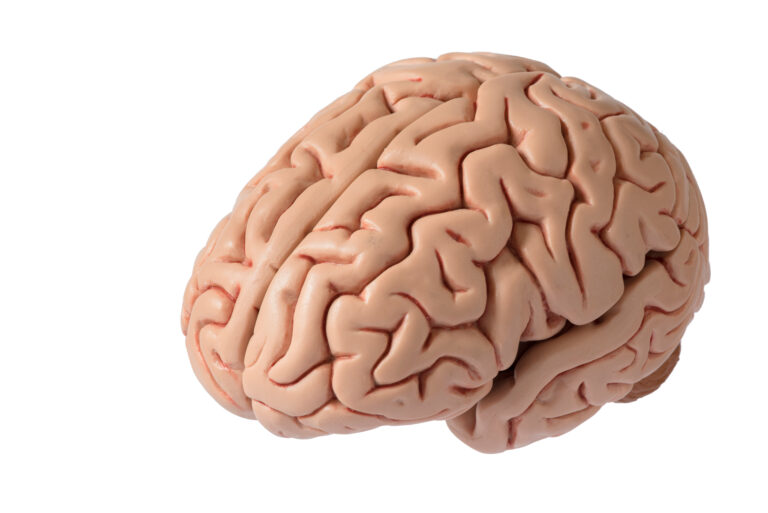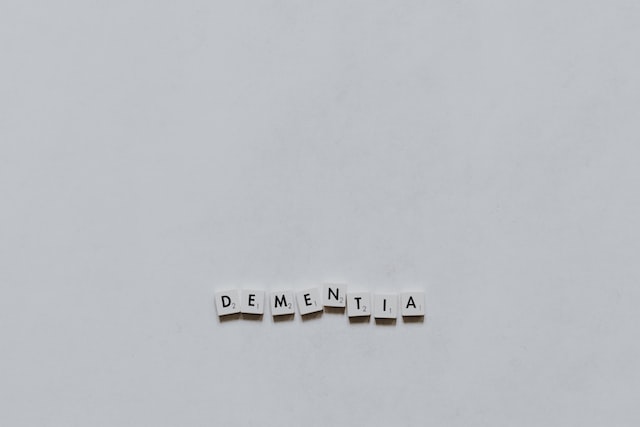Hyperactivity is a term that is commonly used to describe individuals who have difficulty sitting still, are easily distracted, and have high energy levels. This behavior is often associated with children, but it can also be seen in adults. While many people may casually use the term “hyperactive” to describe someone who is constantly on the move, it is actually a medical condition that can have a significant impact on a person’s life. In this article, we will explore why some patients become hyperactive and how it can be managed.
What is Hyperactivity?
Hyperactivity is a characteristic of Attention Deficit Hyperactivity Disorder (ADHD), a neurodevelopmental disorder that affects approximately 6.1 million children in the United States. It is also estimated that about 4% of adults have ADHD. The three main symptoms of ADHD are hyperactivity, impulsivity, and inattention. However, not everyone with ADHD has all three symptoms, and they can manifest differently in each individual.
Hyperactivity is characterized by excessive movement and restlessness. People with this symptom often have difficulty sitting still and may constantly fidget or tap their feet. They may also talk excessively and have trouble waiting their turn. In children, this behavior can be disruptive in school and affect their ability to learn and form relationships with peers.
Why Some Patients Become Hyperactive
The exact cause of hyperactivity in individuals with ADHD is not fully understood. However, research suggests that genetics, environmental factors, and brain development all play a role. Studies have shown that children with ADHD have differences in the structure and function of certain areas of their brain, particularly those responsible for attention and impulse control.
Genetics also play a significant role in the development of ADHD. Children who have a family member with ADHD are at a higher risk of developing the disorder themselves. Additionally, certain environmental factors, such as exposure to toxins or maternal smoking during pregnancy, have been linked to an increased risk of ADHD in children.
Managing Hyperactivity
While there is no cure for ADHD, there are several treatment options available to help manage hyperactivity and other symptoms. The most common approach is a combination of medication and therapy.
Stimulant medications, such as Ritalin and Adderall, are commonly prescribed to treat hyperactivity. These medications work by increasing the levels of certain neurotransmitters in the brain, which can improve focus and reduce impulsive behavior. However, these medications can have side effects, and not all patients respond well to them.
Behavioral therapy is another important aspect of treating hyperactivity. Through therapy, individuals with ADHD can learn coping strategies to better manage their symptoms. These may include creating a structured routine, setting specific goals, and using tools like planners or timers to stay organized. Therapy can also help patients identify triggers for their hyperactivity and develop skills to manage them effectively.
In addition to medication and therapy, lifestyle changes can also play a crucial role in managing hyperactivity. Regular exercise has been shown to improve symptoms of ADHD by increasing dopamine levels in the brain and improving overall cognitive functioning. A healthy diet that is rich in essential nutrients, such as omega-3 fatty acids and B vitamins, may also help reduce hyperactivity.
The Importance of Support and Understanding
Living with hyperactivity can be challenging for both the individual and their loved ones. It is essential for family members, teachers, and friends to show support and understanding towards those with ADHD. This can include providing structure and consistency, being patient and empathetic, and educating themselves about the disorder.
It is also crucial for individuals with ADHD to advocate for themselves and seek support when needed. This can include reaching out to a therapist or joining a support group where they can connect with others who understand their struggles.
In conclusion, hyperactivity is a common symptom of ADHD that can have a significant impact on a person’s life. While the exact cause is not fully understood, research suggests that genetics, environment, and brain development all play a role. Fortunately, with proper treatment and support, individuals with hyperactivity can learn to manage their symptoms and lead fulfilling lives. It is important for society to continue to educate themselves about ADHD and provide support for those who are affected by it.





